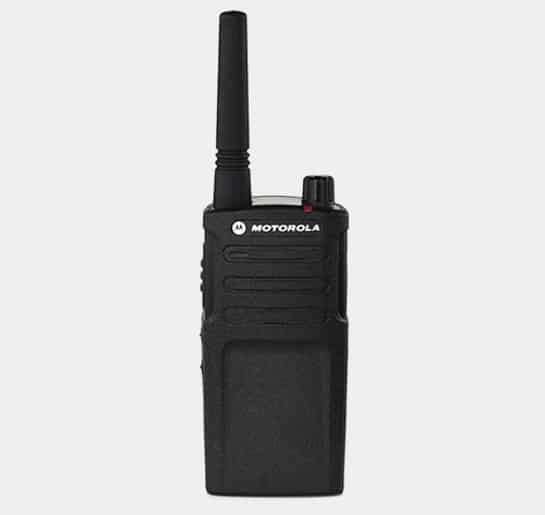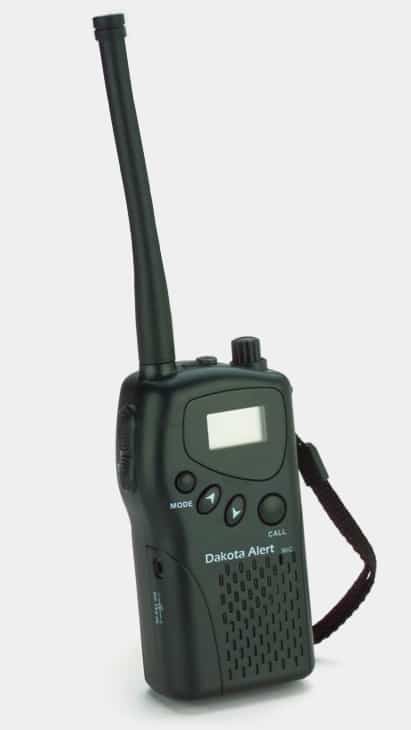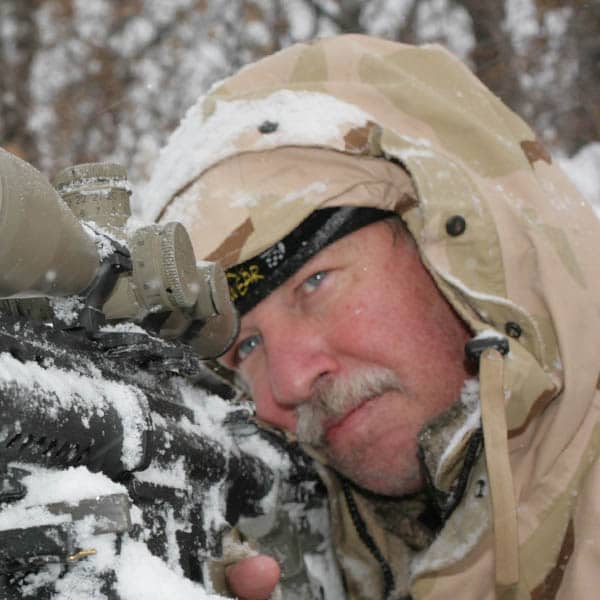Infernos, Ankle Monitors and Why You Need an Emergency Radio
May 23rd, 2022
12 minute read
Don’t dismiss the lifesaving role an emergency radio system can play in a dire emergency or subscribe to the belief that comms for the unthinkable are only useful during a zombie apocalypse. A quality setup isn’t a huge investment — depending on the goal — does not risk violating Federal Communications Commission regulations and provides some surprising advantages in many routine tasks.
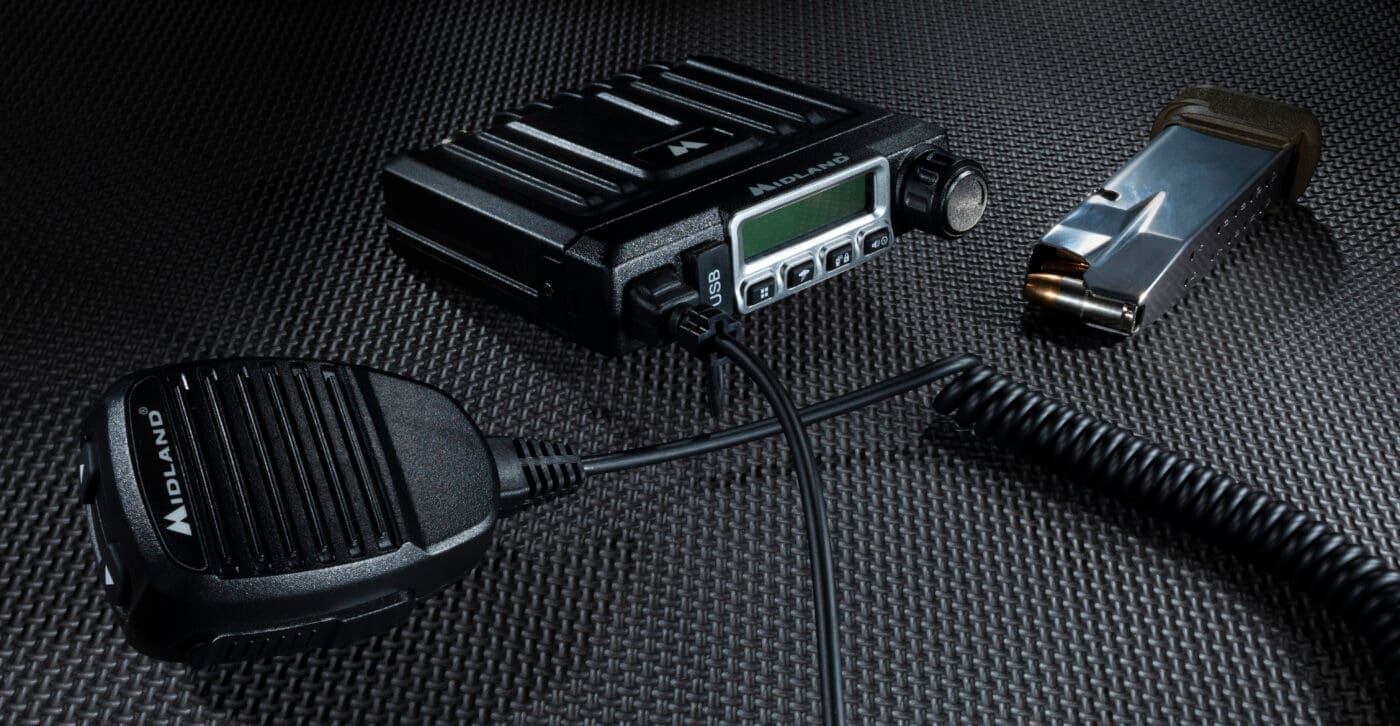
There’s no denying your Springfield, firearm training and preparation are the first lines of defense until first responders arrive, but without a means of getting information out the delay may be days. The experts recognize that fact, including Scott Conditt, who wisely recommends having a two-way radio in his “Building Your 24-Hour Get Home Bag” article for The Armory Life.
The right set-up doesn’t need to be a financial drain or collect dust. Here are a few solid facts on modern radio communications — without confusing technospeak — worth weighing, starting with exactly why cell phones and even 911 are not always life-and-death reliable.
Why Bother with Backup Comms?
Emergency call centers go down, including early on New Year’s Day, 2022, when calls flooded 911 lines in Indianapolis, Indiana. The sheer volume crashed the system for roughly two hours.
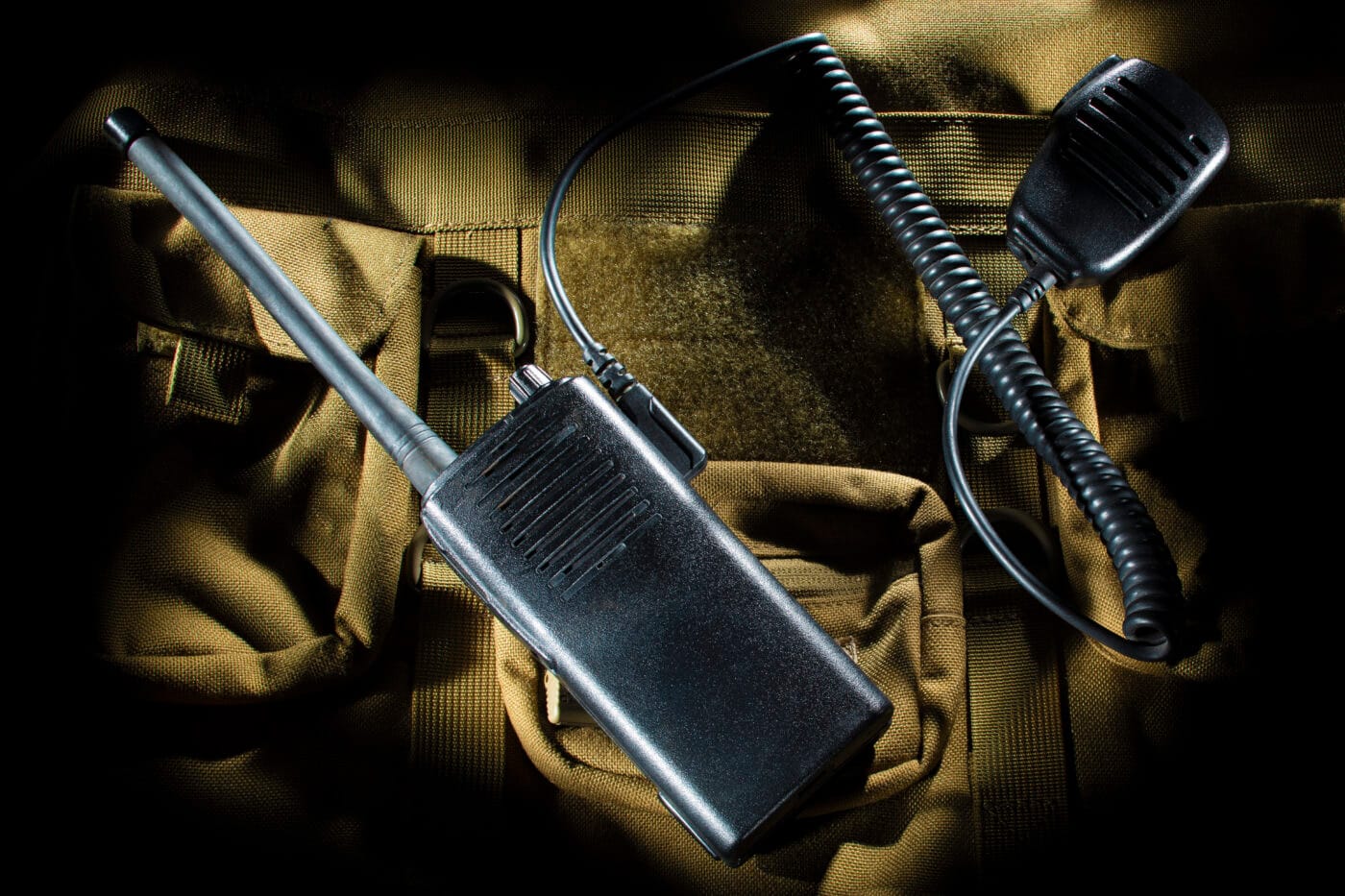
Other recent incidents include Atlanta’s E911 center losing power for the second time in two weeks in November 2021. Fourteen states suffered sporadic outages in September 2020. The situation was similarly widespread in December of 2018, when several 911 facilities — sprinkled throughout the country — went dark due to a faulty “network element.” Some areas didn’t have service restored for 8 hours.
The abbreviated list is disturbing, even without mentioning the chronic delays caused by the social unrest of 2020 and 2021. None occurred when Mother Nature was in a foul mood, either. Things get much worse during a natural disaster.
When 2018’s Hurricane Florence, for example, hit the Carolina coast several 911 centers in the Southeast were forced to close due to flooding. Phone outages compounded the situation. In the area I live power was off for days, water needed boiling and it took almost an entire week before cell phone service resumed. That was when, to my horror, I discovered the ankle bracelets monitoring the location of criminals under house arrest in my county operate by cellular service. It was a weeklong unauthorized release while evacuated homeowners were away. A Springfield XD was by my side the entire time, but my quadriplegic daughter — who lives relatively close — is unable to hold a gun. I armed her with a voice-operated two-way radio, admittedly not a high-caliber defense, but at least she could summon my help if needed.
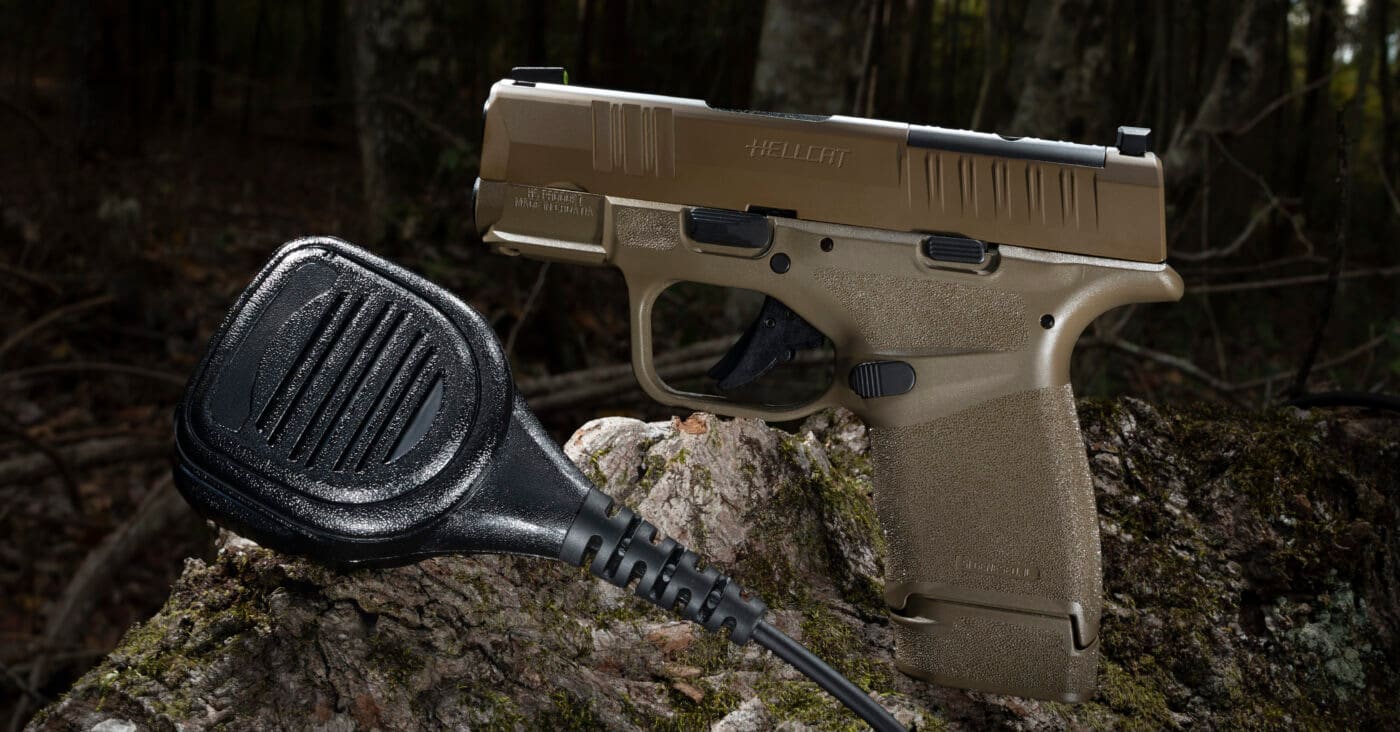
California’s 2018 Camp Fire claimed 86 lives. Panicked calls inundated the 911 system and many never got through. Torched cell phone towers went dark and Internet access died. As a result, many of those who perished never received notification that deadly flames were approaching and of those who did know there was little information on safe escape routes.
There’s another consideration if cell phones are your exclusive means of staying in touch. Russia’s full-scale invasion of Ukraine on Feb. 24 included massive cyberattacks that took government and bank websites offline. An anonymous source also sent SMS text messages to the country’s troops urging them to abandon their defenses before they are killed. Hackers, whether government-sanctioned or misguided youths operating from their parents’ basement, are a growing concern on the Internet and cellular devices.
Add acts of terrorism with our dwindling law enforcement presence, and comms for the unthinkable have become a critical piece of kit. Modern two-way radios fill the role nicely, in some unusual ways.
Information Is Lifesaving
To help avoid another disaster in the mountainous Camp Fire region, for example, the El Dorado Amateur Radio Club has launched a Neighborhood Radio Watch program. It’s operated on General Mobile Radio Service (GMRS) frequencies and has a voluntary weekly check-in for participants. The scheduled event allows residents to build familiarity with the radio and ensure operational readiness.
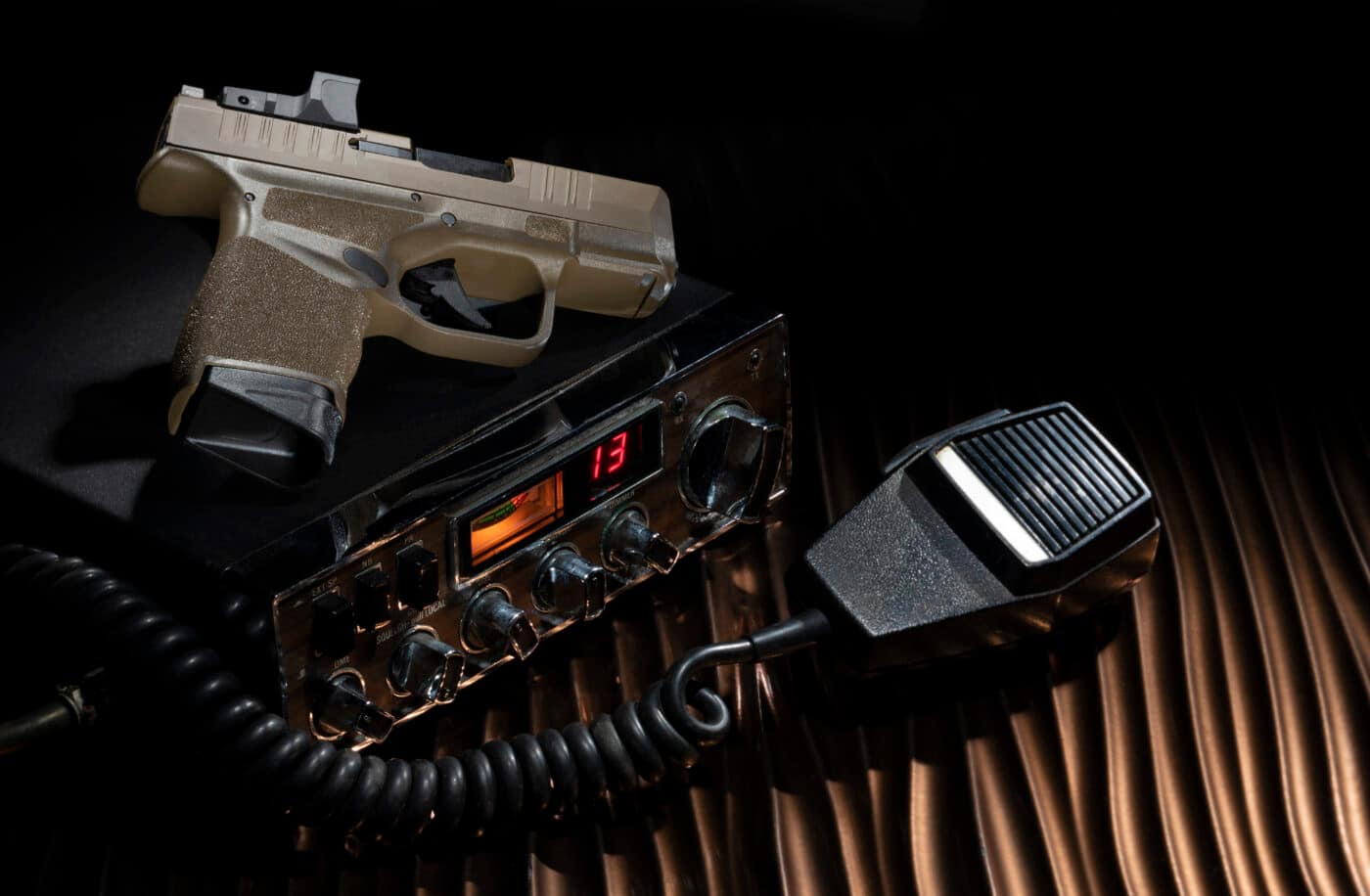
The main advantage, however, is the Neighborhood Early Warning system the ham operators programmed into radios. The walkie-talkies remain silent, like high-end weather radios do, until a code is transmitted to wake receivers. For the average person that means simply leaving the two-way radio on and in the charging cradle.
GMRS operates on ultra-high frequency (UHF), which is optimal with line-of-site transmissions — you can talk to the other radio if you could see it through a telescope. In rugged terrain that is problematic for low-lying homes. To address those gaps a nearby repeater, stationed on a mountaintop, bounces the signal into those hard-to-reach areas.
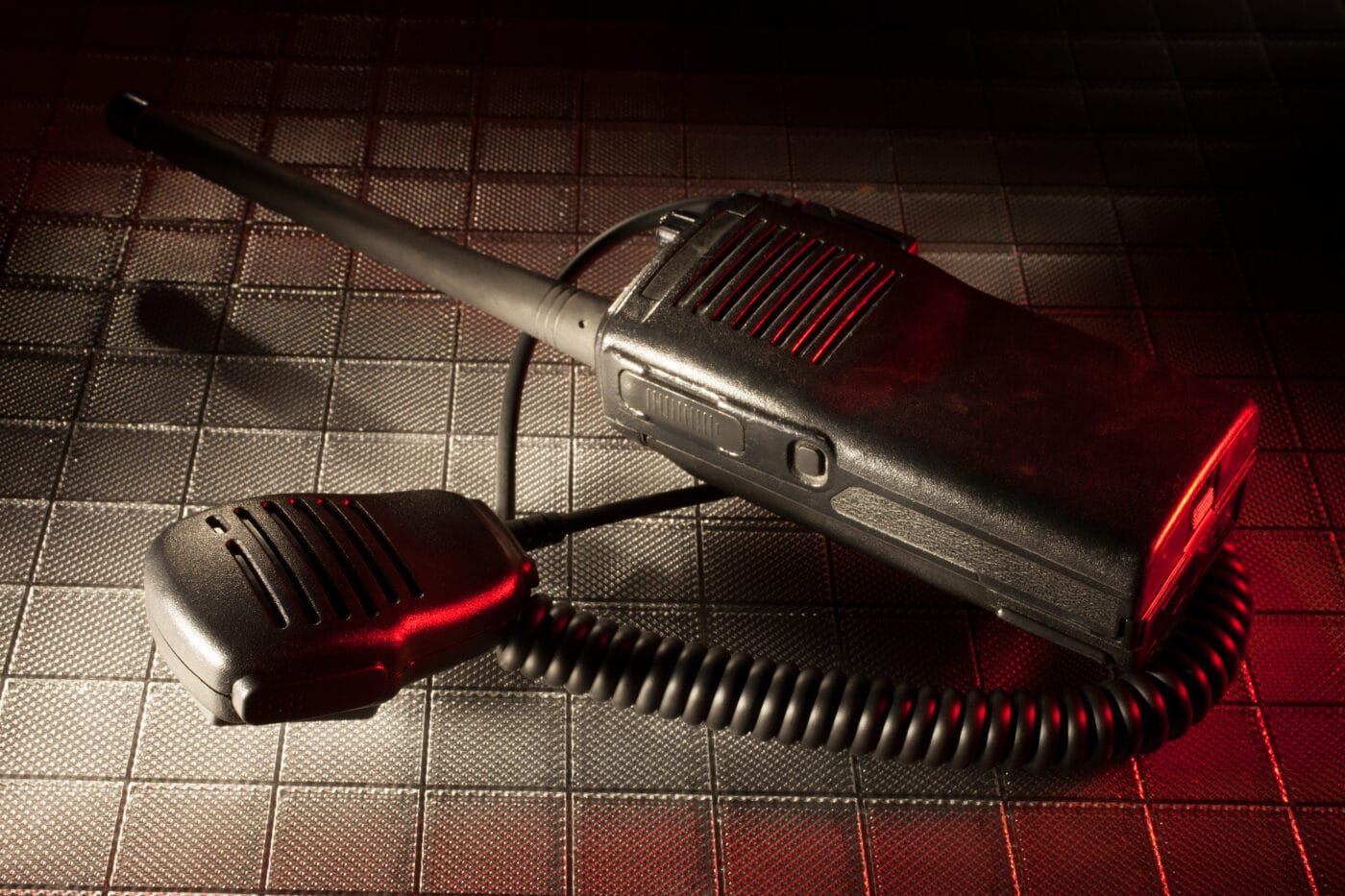
Wyoming launched a “Be 307 Aware” program late last year asking outdoorsmen to carry a Family Radio Service Radio (FRS) or GMRS when afield. Cell phone coverage is spotty in many parts of the state, and with more than 300 people losing their bearings there annually authorities hope the lightweight handhelds will save lives. Program the radio to channel 3, with privacy code 07, and contact with nearby search teams is made possible, even when that smartphone shows 0 bars. Keep the radio on and it will remain silent until the code wakes the receiver.
Both examples highlight the fact that handheld, two-way radios can play versatile roles, even in this era of lightning-fast, high-tech communication. There are other times when it can be a lifesaver as well.
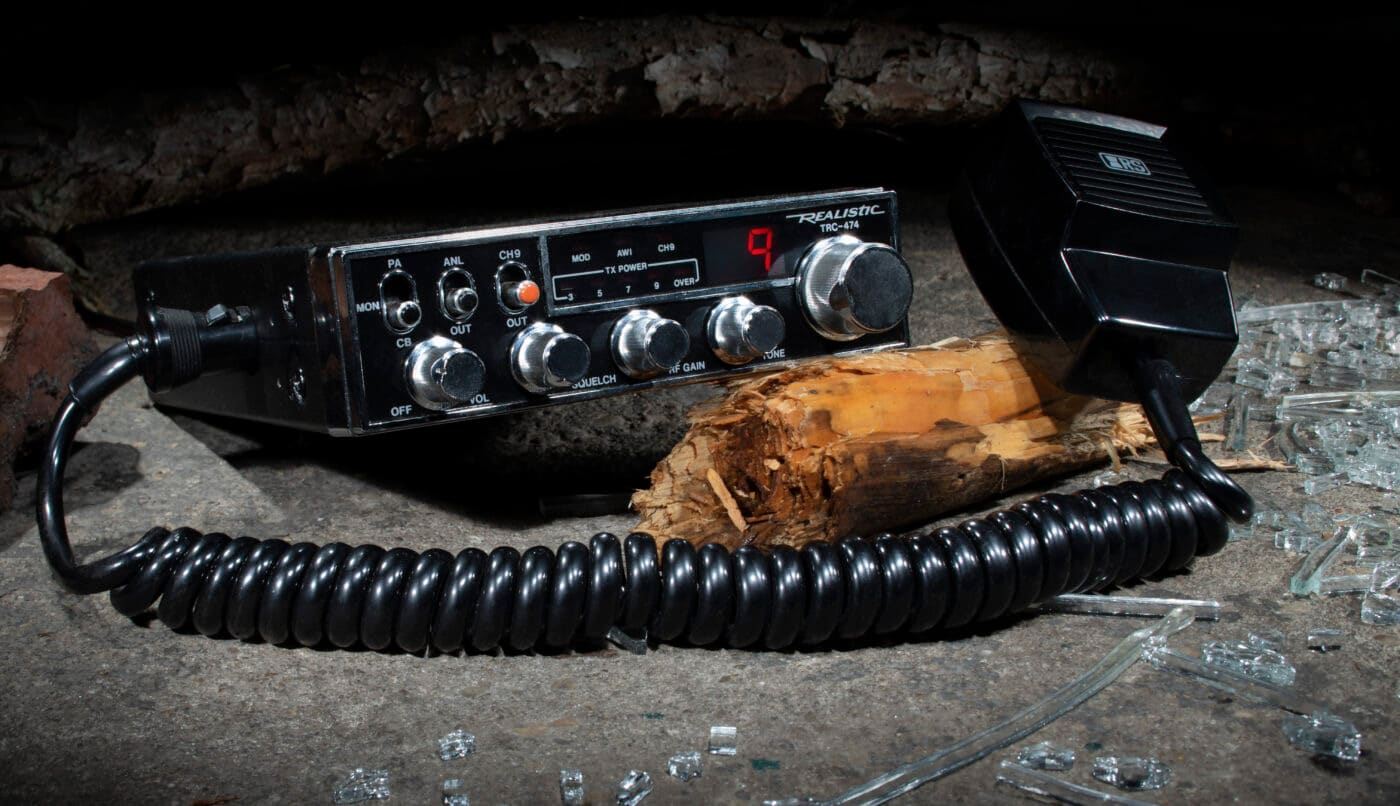
A disruption in cell phone service followed the Boston Marathon Bombing on April 15, 2013. Calls didn’t go through for hours, making it impossible to determine if loved ones attending were OK or if a family member needed to respond to the scene to check on welfare or provide a ride home.
Roads and bridges washed out during Hurricane Florence, wireless towers went dark and the situation highlights one of the biggest practical advantages of two-way radio. If a daughter or son coming home that night turned around and bunkered at a friend’s house instead of braving the flooded highway, how do they let a parent know? AARP estimates only 40 percent of households in the United States still have a landline and that number is dropping.
Failure to punch that message through could cause someone to risk their safety in a fruitless search. The solution is a spare radio in the glove box and the wise decision to keep the home unit on when the weather turns bad.
What Radio License Do I Need?
You won’t be talking across the globe unless you get your ham license, which requires study, passing at least one exam — two if you’re serious about routinely chatting with Australia — and a steep investment in gear. The stuff for making long-distance contact is big, expensive, bulky and prefers to wear annoyingly long antennas.
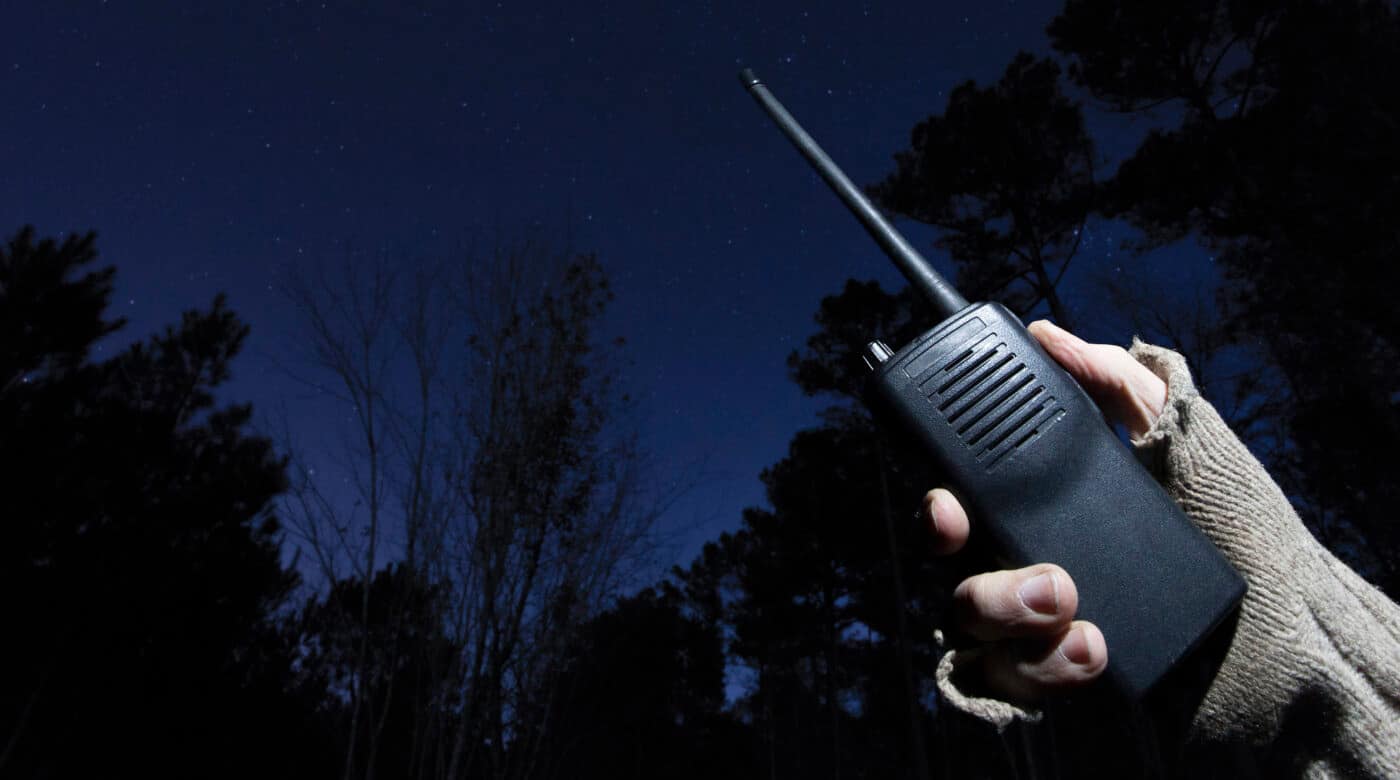
Rather than drain your ammunition and practice budget, let’s focus on license-free or nearly free radio options available in the U.S. today. There are others, but here’s a quick look at Citizen Band (CB), Multi-Use Radio Service (MURS), FRS and GMRS.
CB Radios
When the ionosphere is excited enough, Smokey can talk Bandit across the nation on his 40-channel CB. It’s hit and miss, though, and not predictable or frequent enough to rely on in an emergency. These license-free radios operate on high frequency, and most of them use an amplitude modulation (AM) form of transmission.
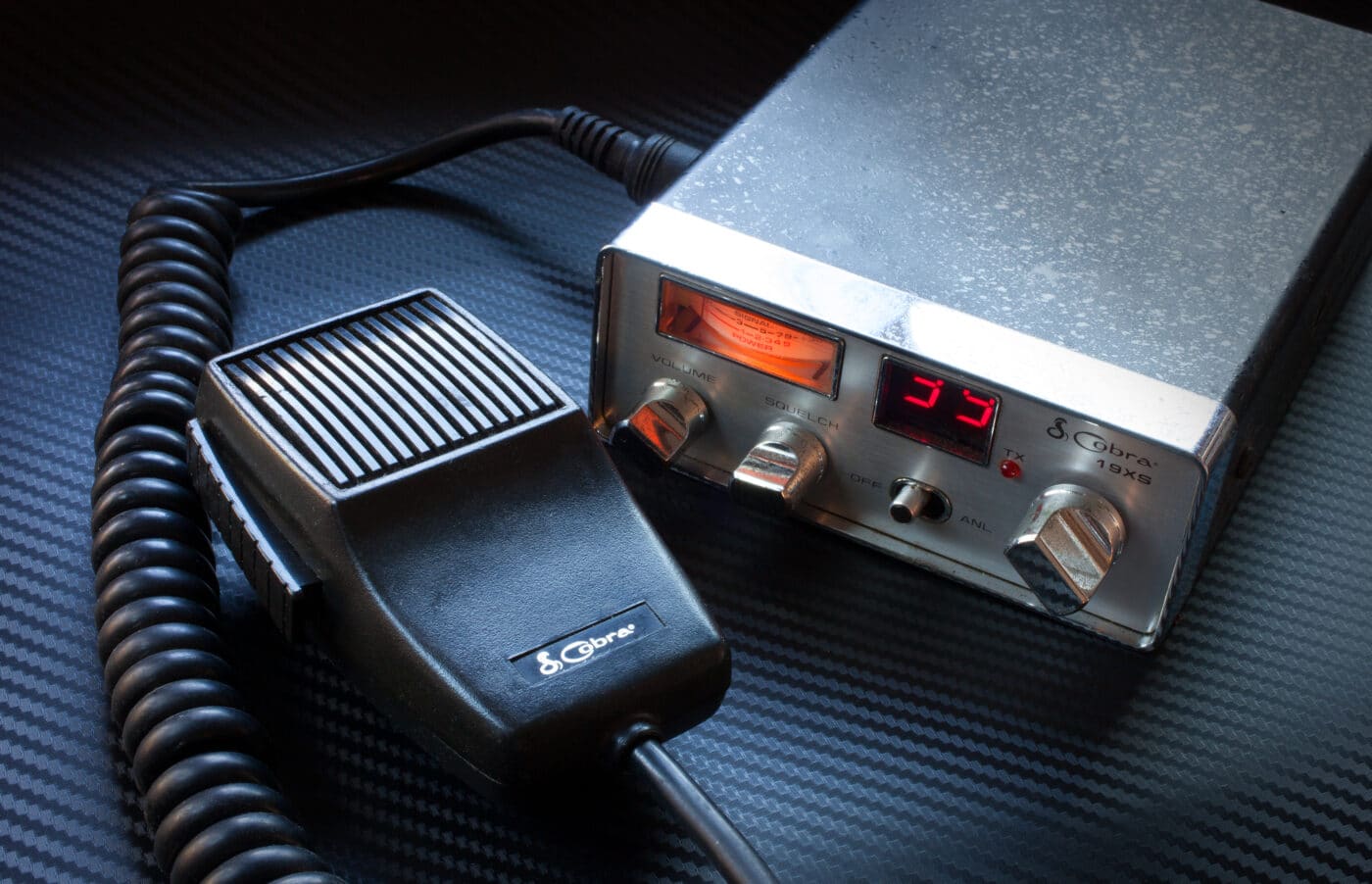
That makes them noisy, crackly and overpopulated with Rubber Duck fans from the disco era. Expect 5 reliably, maybe 10, if you learn to tune the antenna. Bonus distance if you run a single-sideband version. This is not a plug-and-play option for most people and the bulk of these radios is not go-bag or subcompact vehicle friendly.
MURS Radios
MURS operates on VHF, which pushes it into line-of-sight territory. It’s underused, despite having only five channels. You can expect nearby Walmart stores to be barking instructions on one of them, although that’s a nice asset when monitoring shipments during an ammo shortage. Its transmissions are frequency modulated (FM), which makes them quiet and intelligible.
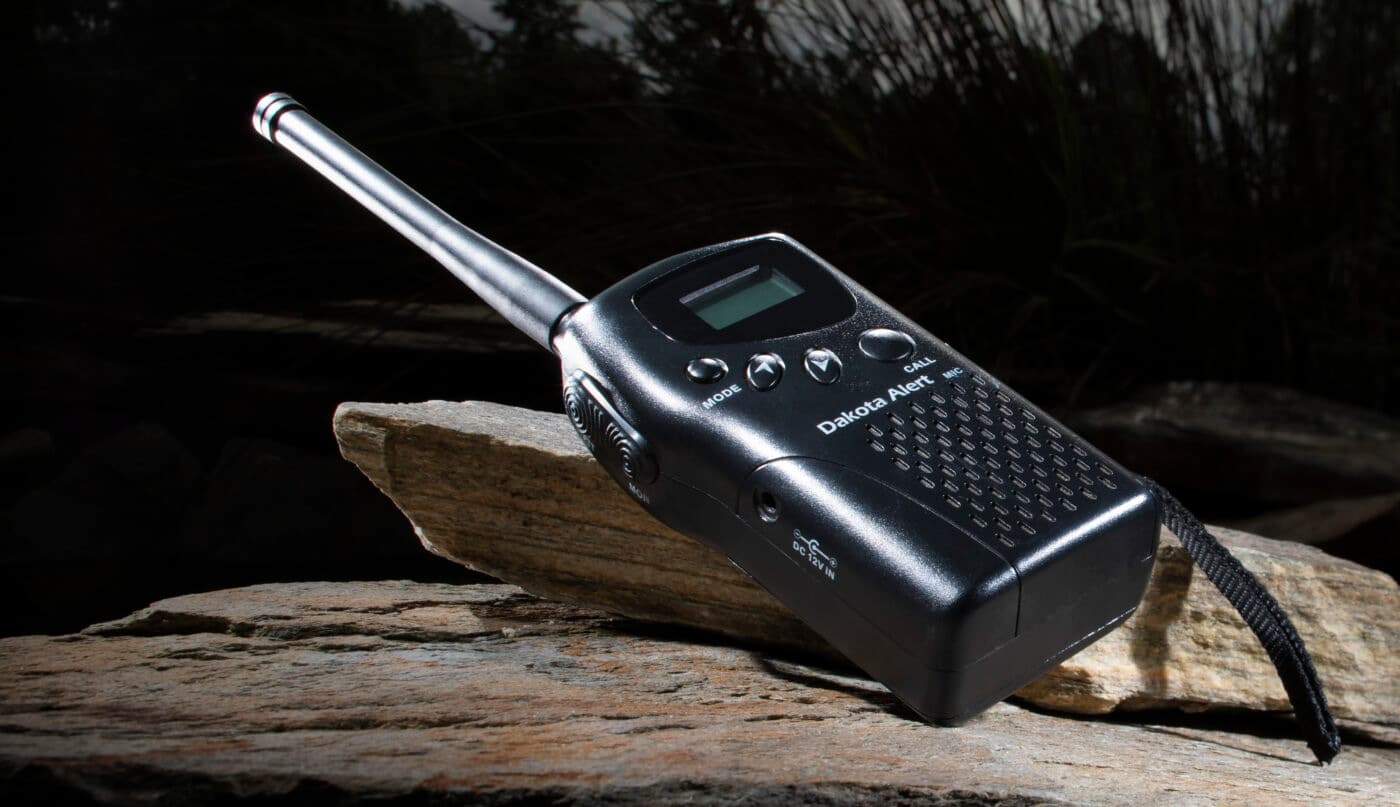
MURS does a better job punching through wooded areas than FRS and GMRS, and worse than CB. There are not a lot of handhelds commercially available and what is out there is reliable and built well. Prices reflect that fact. Expect distances of 5 miles, but it is legal to remove the rubber ducky antenna and attach a better one — extending the range on a good day out to 10, perhaps slightly more on a good day.
FRS Radios
FRS radios run on UHF and are the most common models found at big-box stores and online. Do yourself a favor and ignore claims of effective distance, which are usually gross exaggeration. These are also line of sight and the earth’s curvature, by definition, enforces a limit far below most range claims. Unless you’re standing on Everest and talking to a peak in the distance, you’ll never witness it. These run license-free on 22 channels. Maximum legal power on 14 of them a half a watt, but it goes up to 2 — the same as MURS on 8 of them. The difference is significant, so be sure to check before you buy.
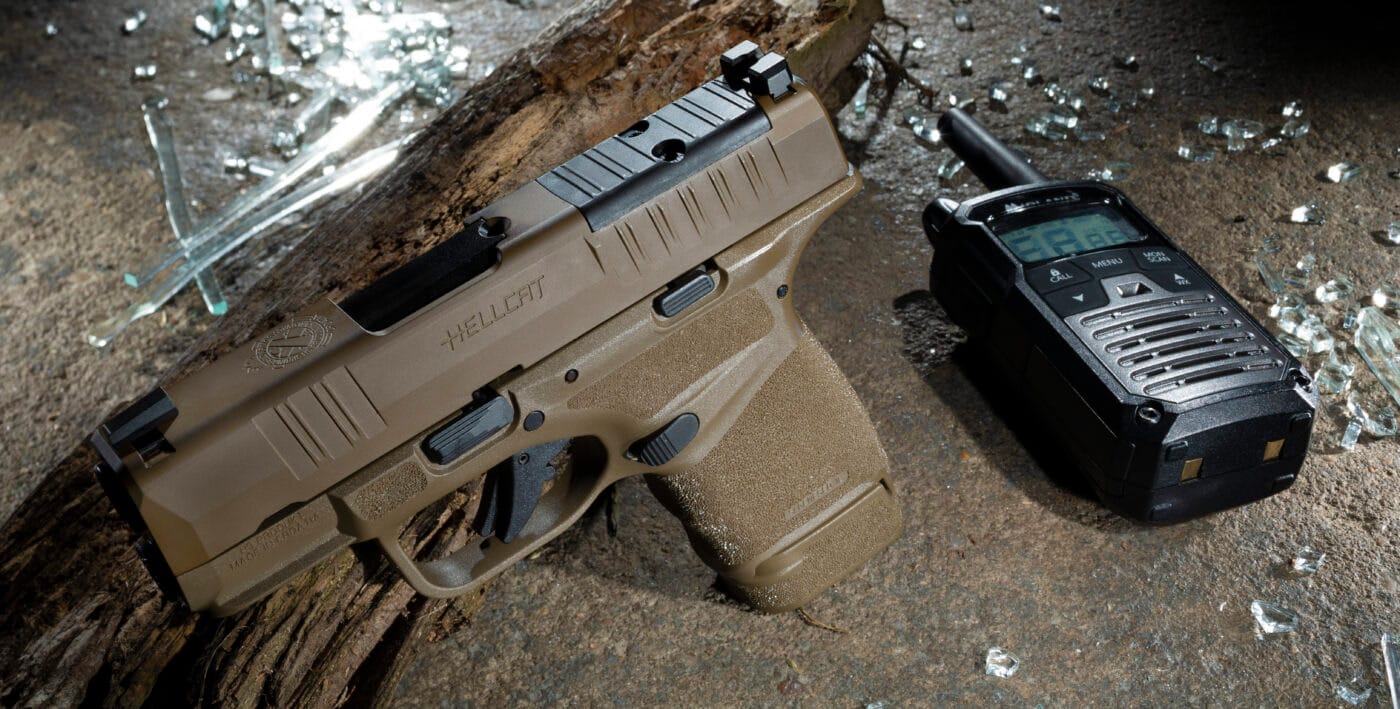
Unlike CB and MURS, so-called privacy codes are standard. When programmed it keeps the radio silent, even when someone else talks on the same channel. When a radio with the same programmed code starts to transmit it wakes the receiver. Remember, though, any busybody who does not enter a code in their receiver will hear all radio traffic, regardless. Operation is FM, making it easy on the ears and understandable in most conditions. No external antennas are allowed and distances in the real world can stretch to 2 miles, perhaps 4 to 5 in optimal conditions. At the frequencies FRS radios operate on, heavy forests slightly compromise range, although they do better than MURS or CB in punching signals through manmade structures. FRS radios are inexpensive and readily available, but quality varies widely.
Operating a GMRS radio requires a license, but don’t let that scare you away. It’s $70 for 10 years — a price that’s about to drop — and it covers the entire family. These radios operate in UHF with FM transmission, which means static-free conversations and improved distance. Power limitation raises to 50 watts on several shared channels with FRS — a decided compatibility advantage. External antennas are legal and extend the range significantly. Five-watt handhelds are common today and some of the distances reported are shocking from the tiny units. It’s not uncommon to hear claims of 40 miles, but 10 to 20 is common enough to be a more reliable figure (depending on terrain).
Plus, GMRS has eight channels reserved for repeater use. If you’re unfamiliar with how that works, it’s almost identical to the privacy code, but much better. A radio somewhere on a hilltop or building receives your signal with the right tone or digital code. That, in turn, triggers a separate transmitter to turn on and send the same voice message on another frequency. The tone/code is never heard by the human ear. Repeaters open for public use are sprinkled across the country and using one effectively doubles the range — usually more.
Pre-program the radios you’re all set up to stay in touch when the grid goes down in your vicinity. Many repeaters have battery backup and solar power. When it’s time for tactical talk up close, change to another channel. It’s the route I took after Hurricane Florence. There are two repeaters in my area. One lets me stay in touch with family spread out across most of North Carolina’s southeast corner, and the other allows me to reach like-minded folks deep into South Carolina — with a walkie-talkie. You have to announce your call sign periodically, but for the price, it’s hard to beat, and it’s extra peace of mind for my wife, kids and grandkids.
Emergency Radio Tips
One of the biggest complaints about two-way radios, especially handhelds, is the lack of range and reliability. Here are a few things to improve performance.
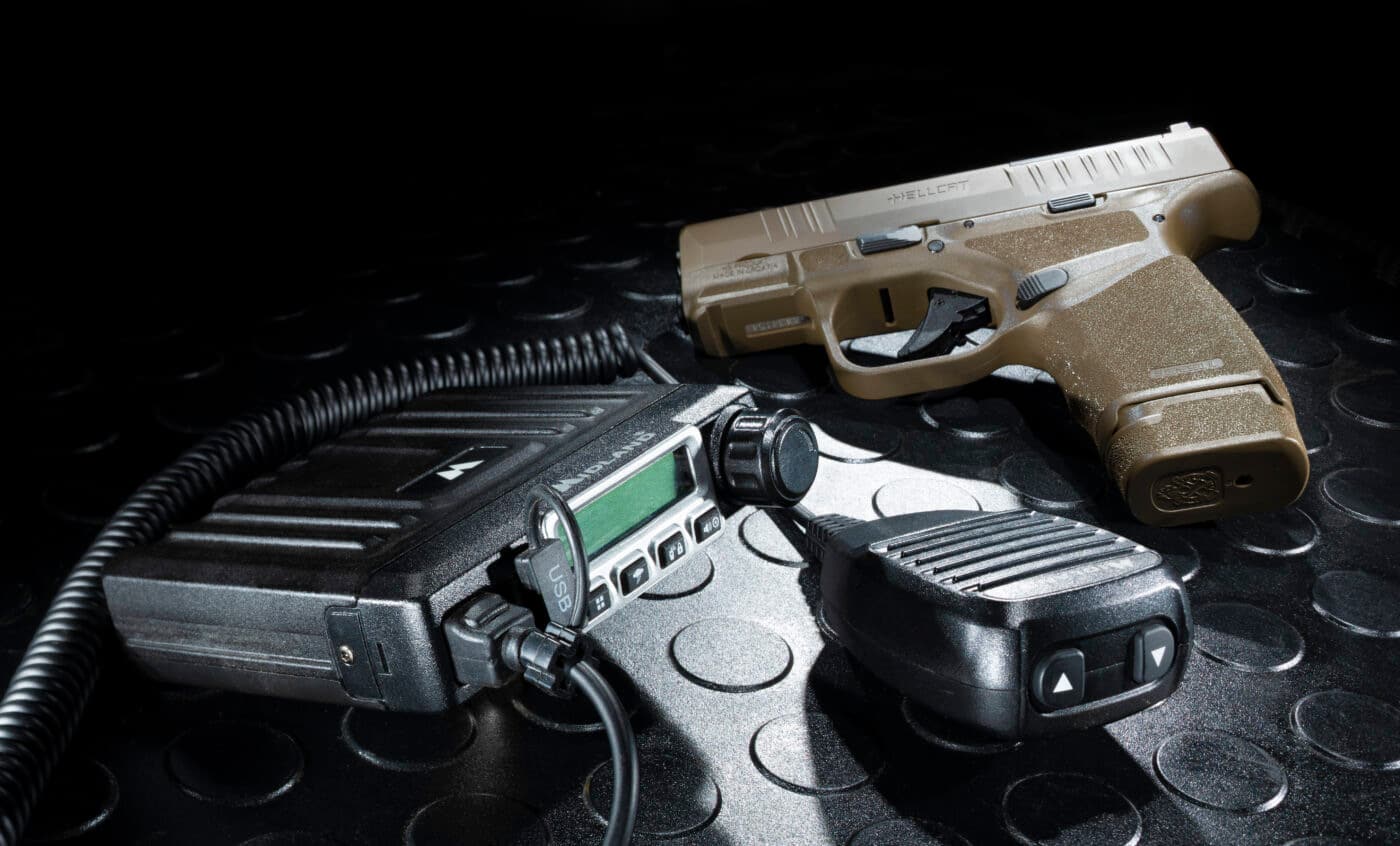
Height reigns supreme. The higher the antenna, the better you can hear and be heard. If nothing else, stand on a truck tailgate or rock. The difference it makes can be huge.
Why do most serious operators have their radio equipped with an external microphone/speaker? For one thing, it makes it a lot easier to carry. If you need to present your handgun, it’s also faster to drop that dangling mike than chunk a walkie to the ground. It also lets you hold the radio high above your head when sending a signal. It’s wise to select a model that accepts a combination mike/speaker.
If legal, add a better antenna. Get an external one for your vehicle. All that metal blocks signals.
Buy quality. Factories peak and tune good two-way radios before they ship. That’s not to say there are no bargains. Do your homework. One offshore brand, selling extremely well, has a habit of its receiver overloading when another radio transmits nearby. Put the pair in adjacent rooms and they don’t work. Separate them by a half-mile and it’s fine. It’s not exactly ideal if the radio’s primary purpose is in and around the house.
Other Uses
There are a lot of other, more routine missions for quality handheld radios, particularly those situations where instant communication is an asset, but risking expensive smartphones isn’t a wise decision.
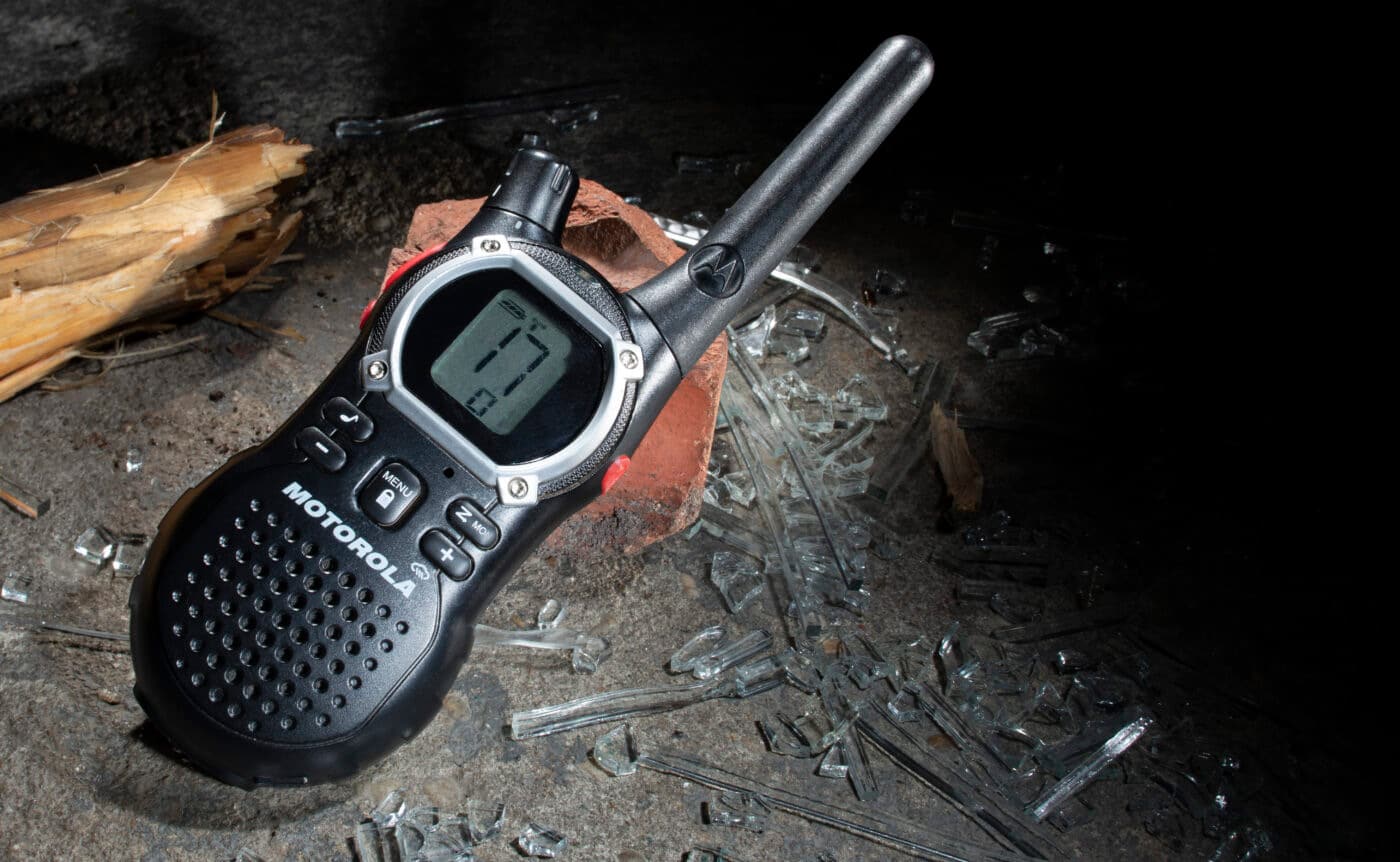
Working on a steep roof and need to summon to hold the ladder after the lengthy task is complete? Backing a trailer or RV and the spotter is hard to hear?
Caravanning to an event, fishing trip or campout? Why not just leave the radios on the dash until it’s time to alert the other vehicle it’s time for a gas break? Use the codes to keep things silent until needed. And, we all know cell phone service doesn’t exist everywhere.
The Myth
There’s a recurring myth that it would be easy to summon help by transmitting on police and sheriff’s frequencies. Doing so in a life-threatening emergency would not break any law, but getting it done is not as simple as squeezing the push-to-talk button.
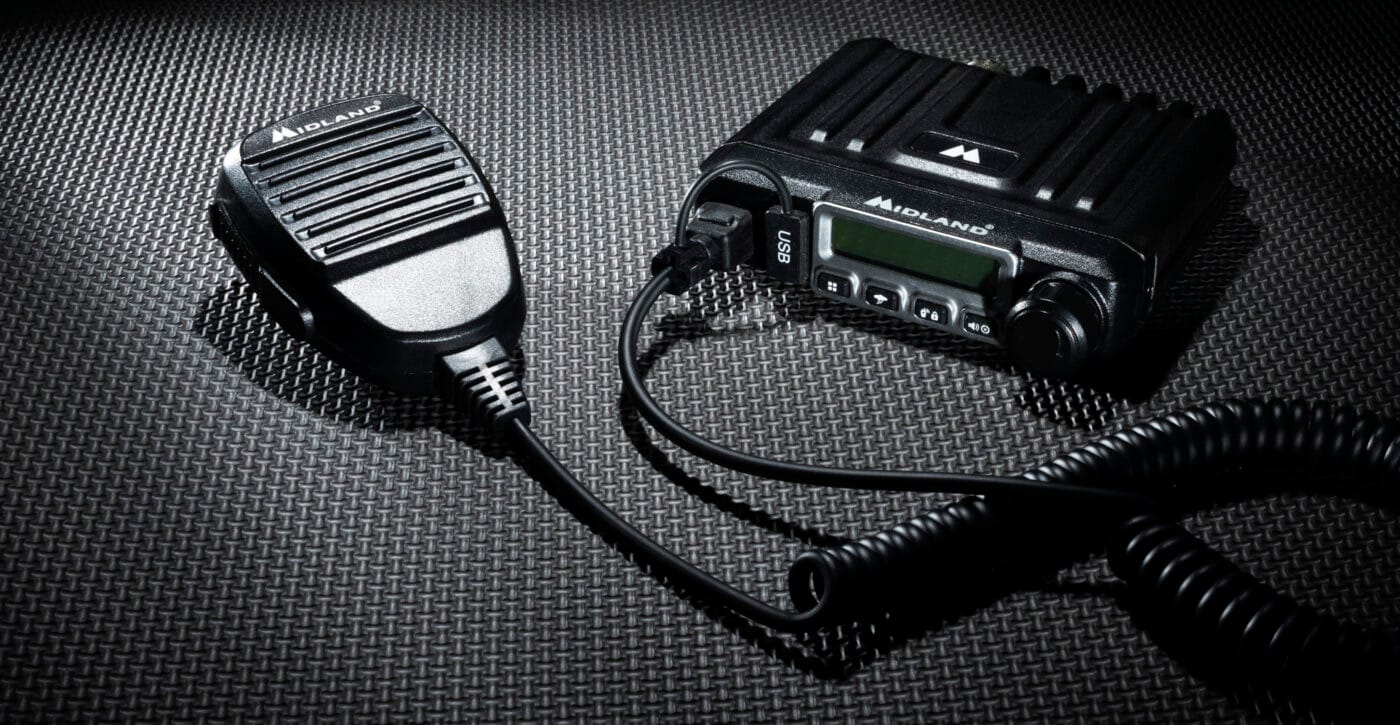
Big buildings and parking garages block radio signals in major cities, and most law enforcement agencies there use repeaters to minimize the problem. The system is similar to GMRS repeaters. If you don’t know the code to turn on the transmitter, good luck sending that SOS. Yes, your signal will go out, ironically on a frequency they don’t listen to, and unwittingly jamming their signals.
You may hear them, but odds are even first responders in the field won’t hear you. To minimize fatigue and confusion during long shifts, most of their receivers only wake by that code, or even a different one. The approach allows alerting an entire precinct or, when needed, sending a departmentwide bulletin.
Many first responder radios even jump frequencies to avoid transmission pileups when calls flood in. The biggest agencies even encrypt transmissions digitally and good luck even listening to them, because criminals using scanners are apparently a growing concern.
In rural areas of the country, it’s not quite as confusing and most frequencies and codes can be found on the Internet. Keep in mind, however, that any accidental squeeze of the microphone once those channels are programmed could endanger someone else’s life by delaying response time. If nothing else it will certainly attract the attention of Federal Communications Commission investigators.
Comms for the Unthinkable
Don’t make the mistake of purchasing a two-way radio for emergency use and simply tucking it away in a go-bag. Devote a little time to casual practice, whether you carry it while cleaning the gutters, walking an event or staying in touch on the range. That’s the only way to learn the limitations, double-check settings and — like your Springfield Armory firearms — maximize performance.
Editor’s Note: Please be sure to check out The Armory Life Forum, where you can comment about our daily articles, as well as just talk guns and gear. Click the “Go To Forum Thread” link below to jump in!
Join the Discussion
Featured in this article
Continue Reading
Did you enjoy this article?

 62
62







